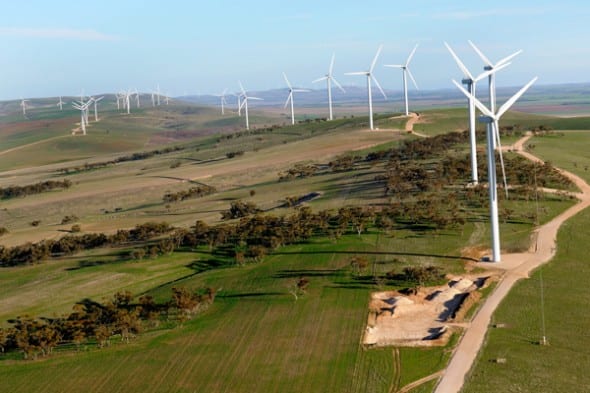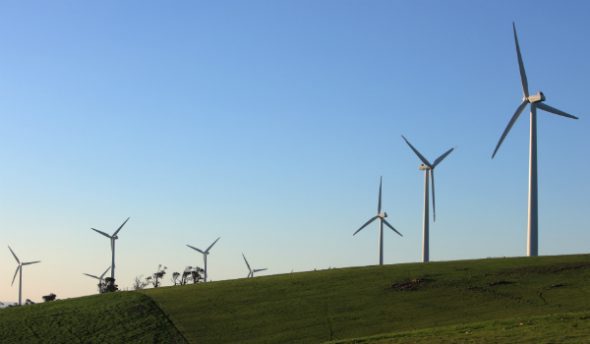The stats for January… there has been a decline in renewable generation % for the first time since June last year, but still higher than any peak prior to that. Possibly due to long periods of extensive cloud cover across much of Australia in January - solar’s relative contribution was down a bit and wind up. SA has a new peak record of 98.5%.
Renewable energy generation for January - average for the month:
Renewable energy generation for January - average for the month:
- National - 34.7%
- TAS - 99.5%
- SA - 75.6%
- WA - 39.4%
- VIC - 34.2%
- NSW - 29.0%
- QLD - 21.8%
- National - 58.0% on 03 Jan 12:00
- TAS - 100.0% on many occasions
- SA - 98.5% on 20 Jan 15:45
- WA - 75.4% on 16 Jan 15:30
- VIC - 61.0% on 19 Jan 14:00
- NSW - 60.1% on 03 Jan 12:00
- QLD - 49.8% on 29 Jan 12:00
- National - 11.0%
- SA - 24.1%
- WA - 17.7%
- VIC - 10.2%
- QLD - 10.1%
- NSW - 8.7%
- TAS - 3.5%
- National - Wind: 34.1%, Solar: 48.7%, Hydro: 17.3%
- NSW - Wind: 25.4%, Solar: 59.6%, Hydro: 14.9%
- QLD - Wind: 12.1%, Solar: 76.7%, Hydro: 11.2%
- SA - Wind: 59.0%, Solar: 41.0%, Hydro: 0.0%
- TAS - Wind: 15.2%, Solar: 3.6%, Hydro: 81.2%
- VIC - Wind: 47.4%, Solar: 40.8%, Hydro: 11.8%
- WA - Wind: 50.2%, Solar: 49.8%, Hydro: 0.0%




